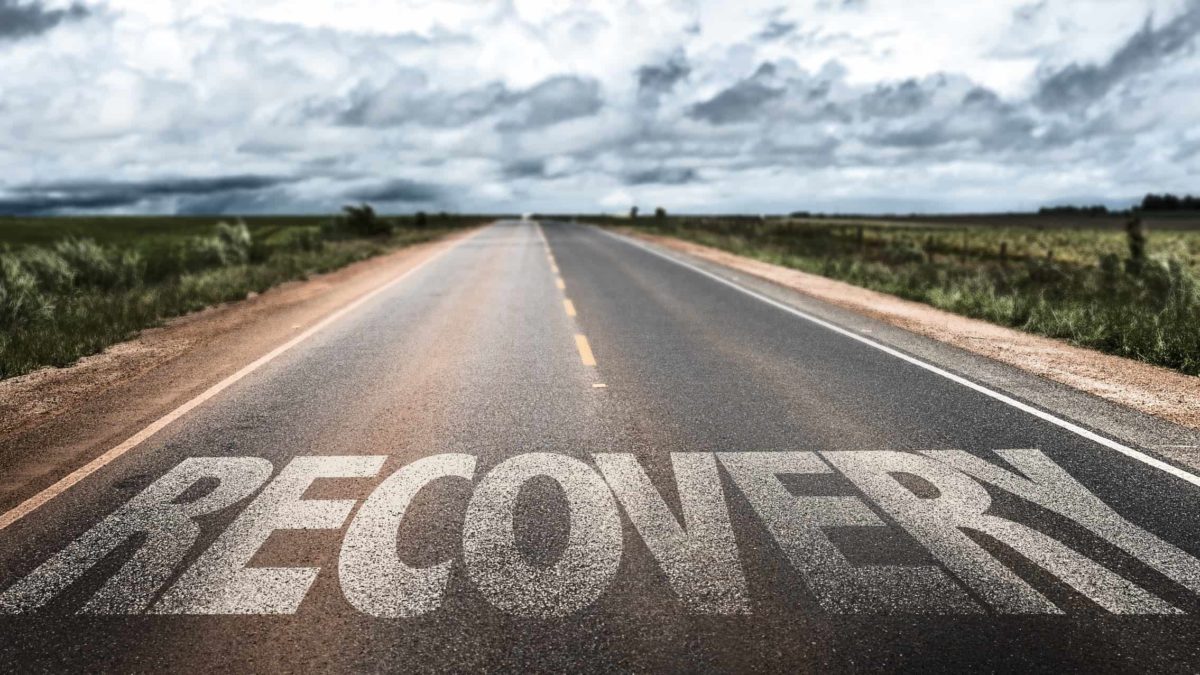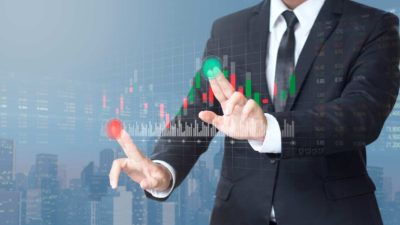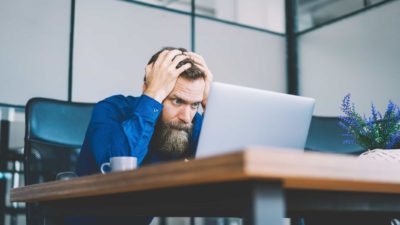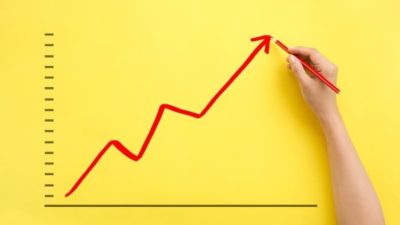The Australian economy is recovering from the coronavirus pandemic and associated lockdowns, according to the Australian Bureau of Statistics (ABS).
The ABS published its economic data and statistics for the quarter ending 30 September 2020 this morning. It reported that economic activity, as measured by gross domestic product (GDP), rose 3.3% on a seasonally adjusted basis for the 3 months ending 30 September.
ABS national accounts head Michael Smedes said that number represented a "partial recovery" for the Australian economy.
The 3.3% growth rate comes after the Australian economy shrank by a record 7% in the previous quarter (the 3 months to 30 June). However, in terms of annual growth, the ABS has recorded a 3.8% drop in GDP for the 12 months ending 30 September.
Mr Smedes said despite "record quarterly growth in household spending", the level in September quarter was 6.8 per cent lower than that recorded in December quarter 2019.
Spending drives a recovery
The ABS said household spending drove the quarterly recovery, rising 7.9% on average, with a 9.8% increase in spending on services and a 5.2% increase in spending on goods. The rise in 'services' spending was concentrated on hotels, cafes, restaurants, and cultural- and health-related services.
All states recorded increased household spending, with the exception of Victoria. That state saw a 1.2% drop, likely due to its extended period of lockdown in recent months.
The ABS said the higher spending lead to "compensation of employees" rising 2.3% over the quarter, as work hours and part-time employment increased. Household savings-to-income ratios fell, but remain "elevated" at 18.9%, compared with 22.1% in the previous quarter.
The ABS noted that net trade detracted 1.9% from GDP during the quarter as well. That was reportedly the largest quarterly detraction since September 1980. This fall was sparked by imports of goods and services rising due to the easing of restrictions, while exports of goods and services fell. The ABS attributed that to "weaker demand for Australian mining commodities and constraints on travel".
Reserve Bank weighs in
Reporting from the Australian Broadcasting Corporation (ABC) today quoted Reserve Bank of Australia governor, Dr Philip Lowe, on these numbers:
Given these developments, we are now expecting GDP growth to be solidly positive in both the September and December quarters. And then, next year, our central scenario is for the economy to grow by 5 per cent and then 4 per cent over 2022…
These positive figures, though, cannot hide the reality that the recovery will be uneven and it will be bumpy and it will be drawn out. Some parts of the economy are doing quite well, but others are in considerable difficulty.
Australia is likely to experience a run of years of relatively high unemployment, unemployment being too high and wage increases and inflation being too low, leaving us short of the Reserve Bank's goals.
The RBA left interest rates at the record low of 0.1% at its monthly meeting yesterday. It will also keep the bond-buying program (which some call quantitative easing) in place for the foreseeable future.









